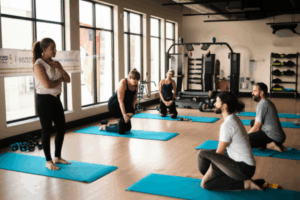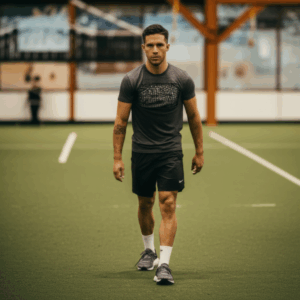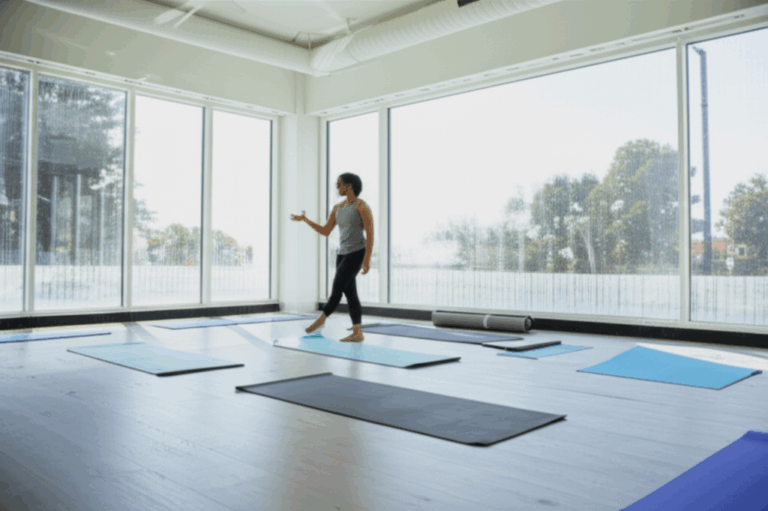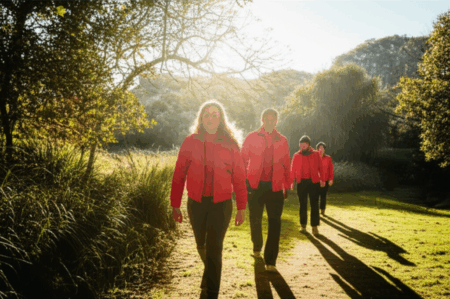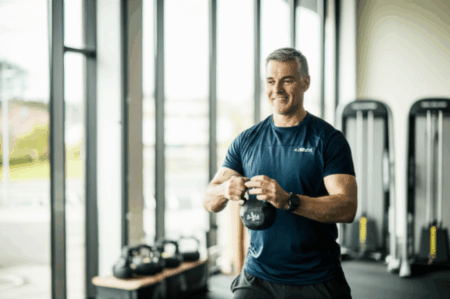In a world that often prizes rigid schedules and unwavering dedication, the idea of a “flexible” fitness routine might sound counterintuitive. However, true strength and longevity in your fitness journey don’t just come from pushing harder, but also from adapting, listening to your body, and embracing a more fluid approach. This Monday, let’s explore why cultivating flexibility – both in your body and your mindset – is crucial for sustainable well-being and how to integrate it effectively into your life.
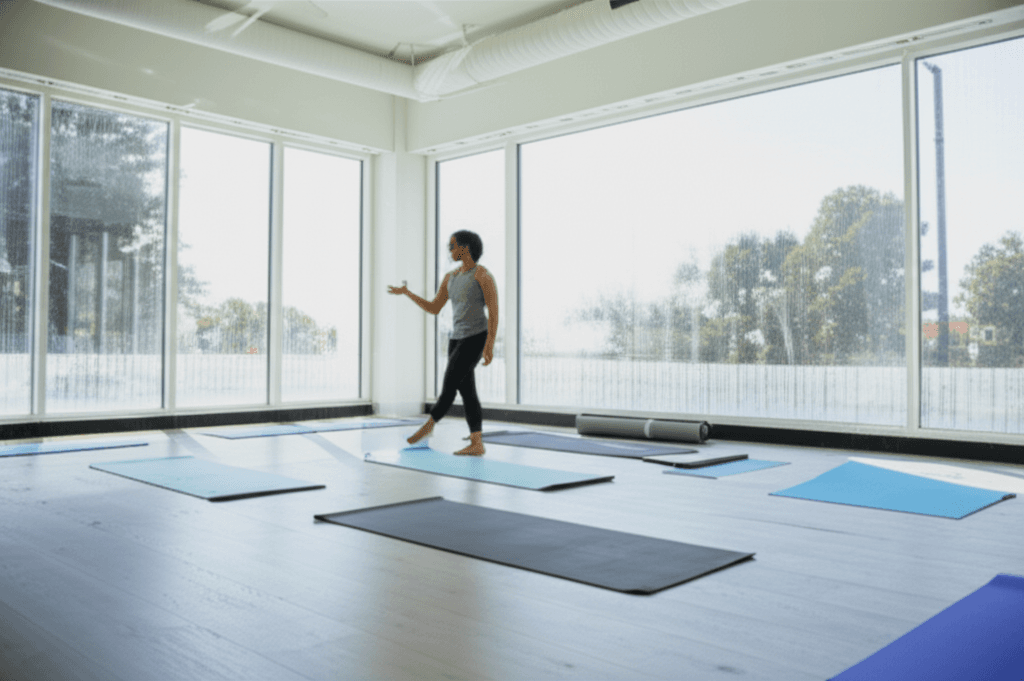
The Undeniable Benefits of Flexibility in Fitness
Flexibility, defined as the capacity of your muscles and joints to move freely through their full range of motion without pain or stiffness, is a cornerstone of overall physical fitness alongside cardiovascular health, muscle strength, muscle endurance, and body composition. Its importance extends far beyond touching your toes.
Enhanced Mobility and Range of Motion
Regular flexibility training helps counteract the natural decrease in range of motion that comes with aging and sedentary lifestyles. It ensures your joints can move correctly and your muscles can achieve their optimal length, making everyday tasks, from reaching a high shelf to picking up laundry, much easier.
Injury Prevention and Reduced Pain
Stiff muscles are more prone to injury. Incorporating flexibility exercises helps prepare muscles for activity, reduces strain on joints, and can significantly lower the risk of injuries, especially in areas like the lower back. It also helps alleviate muscle tension, stiffness, aches, and cramps, promoting a quicker recovery after workouts.
Improved Performance and Posture
Flexible muscles perform more effectively, producing greater force and operating more efficiently. This translates to enhanced athletic performance in various sports and activities. Furthermore, improved flexibility can lead to better posture and balance, reducing strain on the spine and contributing to a more confident appearance.
Mental Well-being and Stress Reduction
Movement workouts that focus on flexibility, such as yoga and Pilates, are often slow and gentle, promoting relaxation and a greater sense of well-being. The act of stretching can also reduce stress and anxiety by encouraging focus on breath and body.

Types of Flexibility Exercises: Dynamic vs. Static Stretching
To build a truly flexible routine, it’s essential to understand the different types of stretching and when to use them.
Dynamic Stretching: Preparation for Movement
Dynamic stretching involves active movements that take your joints and muscles through their full range of motion. These stretches are done in motion and are ideal for warming up the body before exercise. They increase blood flow and circulation, prepare muscles for the specific movements of your workout, and can improve power, jump height, and speed.
Examples of dynamic stretches include:
- Arm circles
- Leg swings
- Torso twists
- Walking lunges
- Hip circles
- “Inchworms” (walking hands out to a plank and back)
Static Stretching: Enhancing Flexibility and Recovery
Static stretching involves extending a muscle to its maximum comfortable point and holding that position for an extended period, typically 10-90 seconds. This type of stretching aims to lengthen muscles and improve overall flexibility and joint mobility. It is best performed when muscles are already warm, making it ideal for the cool-down phase after a workout. Static stretching helps relax muscles, reduce muscle tension, and can aid in post-workout recovery by helping muscles return to their pre-exercise length.
Examples of static stretches include:
- Forward bend (standing or seated)
- Quadriceps stretch
- Hamstring stretch (e.g., lying with a strap)
- Calf stretch
- Figure-four stretch (for glutes and hips)
- Child’s pose
- Neck rotation and stretches
Important Note: Static stretching before a workout may temporarily reduce muscle strength and power, so dynamic stretches are generally recommended for warm-ups, while static stretches are best for cool-downs.
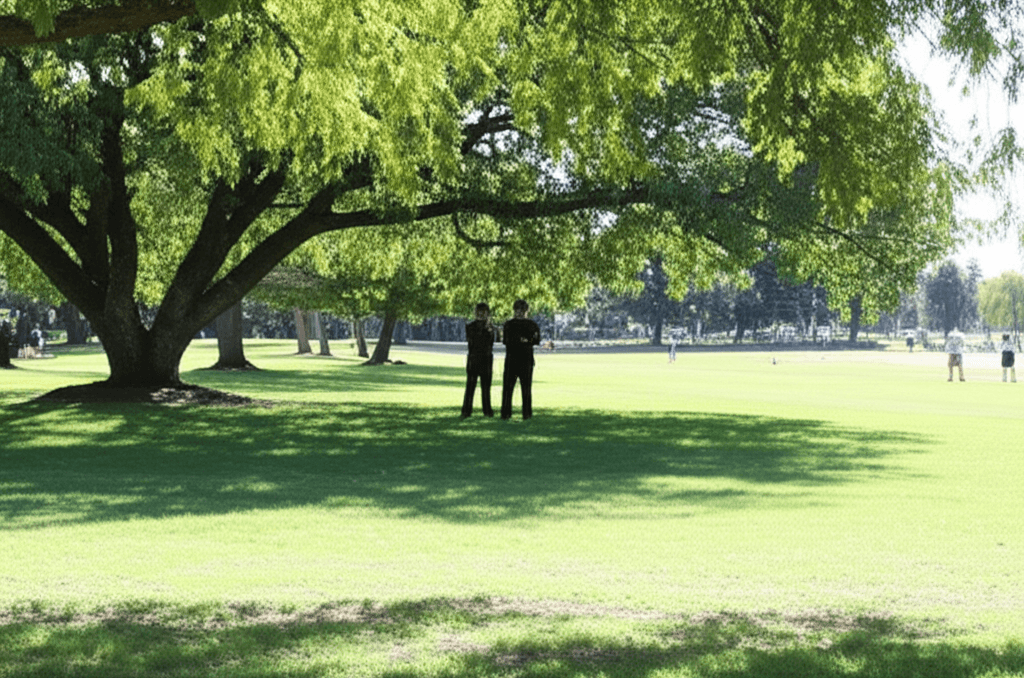
Cultivating a Flexible Fitness Mindset
Beyond physical stretches, a truly “flexible” fitness routine requires a flexible mindset. This means being adaptable, learning from setbacks, and embracing new ideas.
Embrace Imperfection
Life happens. Unforeseen circumstances like work, family commitments, or simply not feeling 100% can derail a rigid workout plan. A flexible mindset allows you to adjust your training decisions based on your current needs, rather than striving for “perfect” weeks that might lead to feelings of failure if missed. It’s about focusing on what needs to be done on average over time to reach your goals.
Listen to Your Body
One of the most crucial aspects of flexibility is recognizing when your body needs rest, a lighter workout, or a different type of movement. Pushing through pain can lead to injury. Instead, be present and responsive to your body’s signals. Stretching should feel like a mild pull, not sharp or stabbing pain.
Vary Your Routine
Monotony can lead to burnout and plateaus. Incorporating a variety of activities like yoga, Pilates, Tai Chi, or even dancing can improve flexibility, balance, strength, and endurance while keeping your routine interesting. Try new fitness classes or change up your usual route for walks or runs.
Prioritize Consistency Over Intensity
Even 10-15 minutes of flexibility training a few times a week can make a significant difference. Consistency in incorporating both dynamic and static stretching, alongside strength training and cardiovascular exercise, is key to long-term progress.

Practical Tips for a Flexible Fitness Routine
- Warm-up Effectively: Always start with 5-10 minutes of low-intensity cardio followed by dynamic stretches to prepare your muscles and joints for exercise.
- Cool-down with Static Stretches: After your main workout, perform static stretches, holding each for 10-30 seconds and repeating 3-5 times.
- Integrate Flexibility Daily: Consider a short dynamic stretching routine in the morning to wake up your muscles and increase blood flow. An evening routine of gentle static stretches can promote relaxation before bed.
- Explore Mind-Body Practices: Yoga and Pilates are excellent for combining flexibility, strength, balance, and mindfulness.
- Consider Tools: Resistance bands can enhance flexibility by challenging muscles differently, and foam rolling can improve tissue elasticity and range of motion.
- Stay Hydrated: Water is vital for muscle pliability.
- Set Reminders: If you struggle with consistency, use phone reminders to prompt your stretching sessions.
- Seek Professional Guidance: If you have existing injuries or specific concerns, consult an athletic trainer or physical therapist for a tailored flexibility program.
By embracing flexibility in both body and mind, you can create a fitness routine that is not only effective and sustainable but also more enjoyable and responsive to the ebb and flow of your daily life. This Monday, commit to bending, not breaking, and discover the true power of a flexible approach to your well-being.


